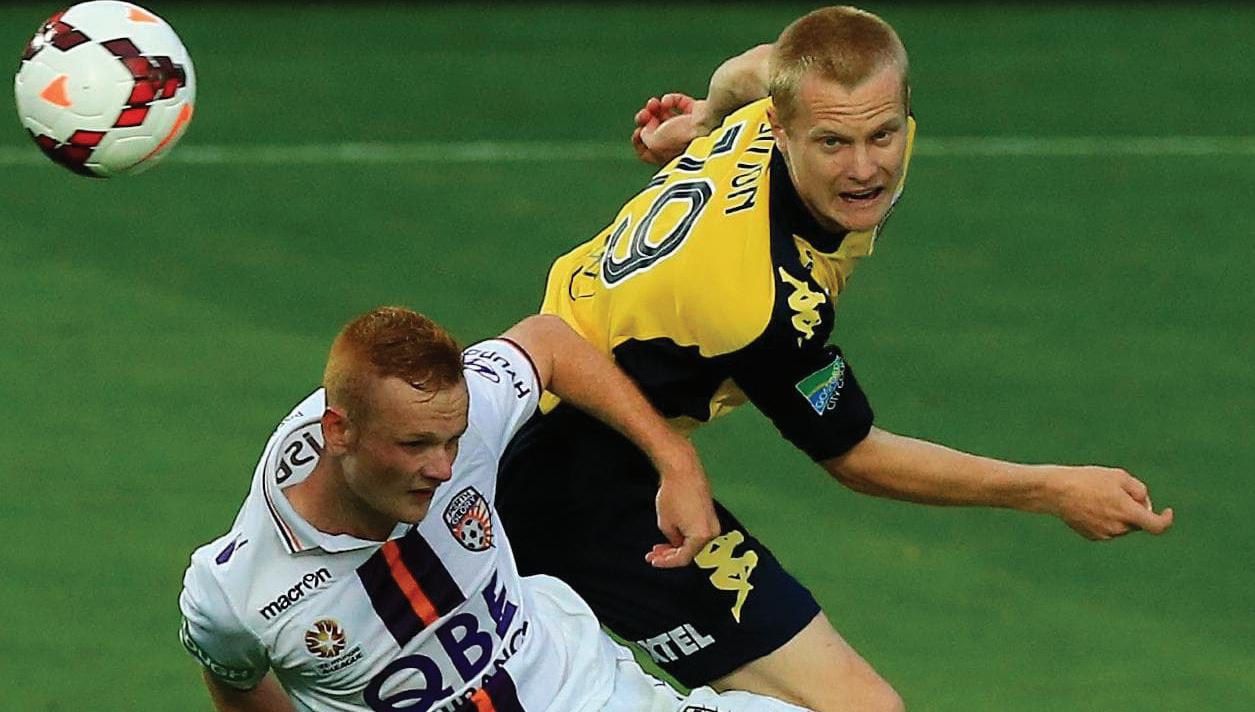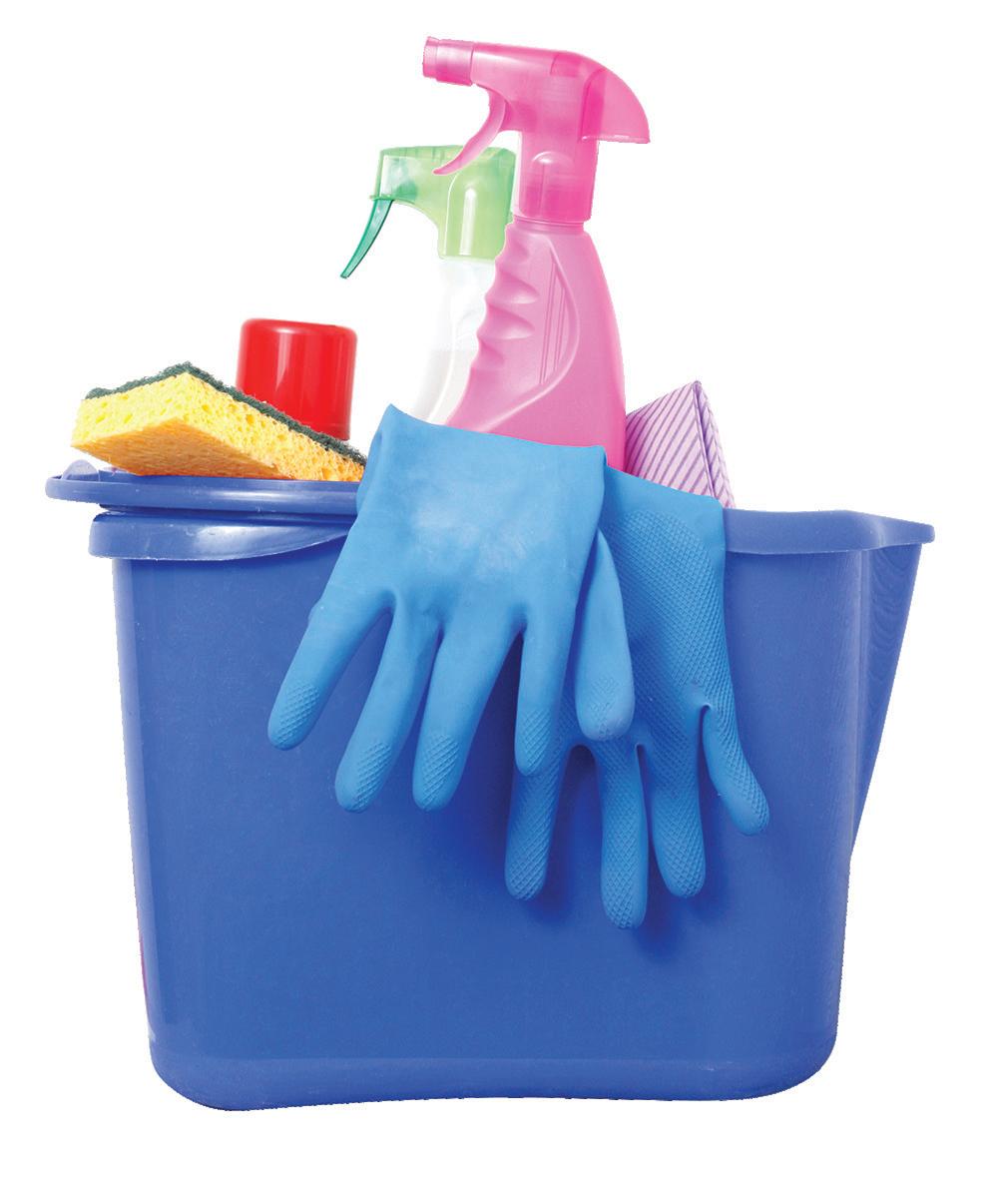
7 minute read
Help – my child is Angry
by Lindie Nell

Many parents have been shocked or surprised when their child hits, kicks, pushes or screams at them or other children. Aggressive behaviour can be direct and also subtle like whinging, not listening, or pretending that they don’t hear you.
But why do children become angry and what can parents do to address anger? It is helpful to understand that in toddlers, tantrums and aggressive outbursts can be a normal part of a child’s developmental phase. Children before the age of 5 struggle to show in healthy ways when they are struggling with emotions. They also find it difficult to express their needs. This is because the thinking/ logical part of the brain that is supposed to help them with controlling these sometimes very intense emotions is not sufficiently developed yet.
Children often use aggressive behaviour to voice that something in their life is not going well. With all forms of aggression, a child attempts to gain control over himself, the environment and the people around them. When you see your child act out in anger it is helpful not to look at their behaviour. They often experience feelings of hurt, grief, fear or sadness. These feelings are very scary and, in an attempt to stay safe and in control children make use of anger as a defending mechanism. Some underlying reasons for anger in children: Attachment difficulties in their relationship with their parents; Trauma experiences. Children are very sensitive and may struggle with events that we never would think are traumatic for them; Anger is also the first reaction to a loss, a loss of a grandparent, a school friend, moving house or a family pet. Any changes in a child’s life can also trigger angry behaviour e.g. starting school or a baby sister joining the household. Physical needs like hunger and tiredness; Unmet emotional needs such as: - The need for love (one on one special time with your child, physical contact, telling your child that you love him and positive eye contact); - The need for age-appropriate responsibilities, (this is an emotional need); - The need for encouragement and praise, (for attempting something and not only for succeeding in it); - The need for security. This includes the atmosphere in the house, the parent’s relationship (when separated as well), routine, consistency and predictability; A lack of some level of control in their life. Helping children with their anger Parents are mainly in control of their children’s day to day activities. This control together with a long day at school and Anger Action Plan Relax and Stay Calm: Children need a parent who can stay calm, no matter what the storm looks like. Children learn to manage difficult behaviour by watching parents. Take a break if you need to, count to ten or do breathing exercises before you act. Help your child to identify the feeling: When you help your child to name their emotion you help their brain to shift from the emotional brain to the thinking brain. This in itself can help your child into a calmer state. When they are having a meltdown and no communication is possible, you can say something like “I can see you are really angry that you can’t get your shoe on your foot”. (Connecting with our children and talking about their feelings often are important. Bottled up anger can turn into depression and anxiety). Acknowledge and validate their feeling but set limits on aggressive behaviour: “It is okay to be angry but it is not okay to hit mummy”. Have a “time-in” with your child When your child is overwhelmed with anger, instead of sending her to a naughty corner or into their room have a time-in moment where you sit with your child. Just be with them in their upset and difficult emotion. Stay with your child, even when they don’t want you to be close to them. You can still stay in the room and let them know that you don’t want them to have all these big feelings on their own, but give them the space they need while being available to them. Talk about what happened and problem solve when they are calm again. Include logical consequences for older children such as having to replace a cup with their own money when they break one in anger. Talk to your child about their behaviour when she is calm again and problem solve.
frustrations during their day can create a build-up of energy in their bodies. By the time they get home they need an outlet. For some children it will be in the form of down-time and calming activities which include sensory soothing activities, e.g. listening to music, reading a book or squeezing a stress ball. Some children need to release the energy out of their bodies with an activity that has lots of action or laughter and fun involved. When your child doesn’t get that release of energy or moment to calm their nervous system she may “explode” with anger. Just make sure you don’t overstimulate your child with too many activities. Child led play and choices during the day can also give children a level of control.
Help your child to know his own body and when to detect the warning signs in his body before it explodes. (This can be a faster heart rate, breathing faster, feeling red in the face or a need to tighten their fists). You can guide and teach your child breathing exercises or how to release the energy by screaming into a pillow. They can also do a “monkey dance” with lots of actions, have a swim-noodle fight or engage in a sporting activity. Laughter is a brilliant way to blow the potential “Anger fire” out as it shuts down the flight/fight response in the brain. The real secret is to address the hidden needs which will reduce angry behaviour in children. There are also children who display anger due to other reasons such as anxiety and autism. These parents may need specialised support.
If you feel that your child’s anger is very disruptive to the family or that nothing you do works, ask for help. There are many wonderful parent and child-focussed services on the Central Coast. Achieving Succeeding
CHC30113 Certificate III in Early Childhood Education and Care COURSE BEGINS MONDAY 29 APRIL AT 9AM Work with children 4353 0017 info@tlkcc.com.au www.tlkcc.com.au H Certificate II in Community Services H Certificate II in Conservation and Land Management H Certificate III in Business H Certificate III in Information, Digital Media and Technology H Certificate III in Early Childhood Education and Care H Certificate IV in School Age Education and Care H Diploma of Early Childhood Education and Care or H Pathway courses in Children’s Services, Plants & Land Management, Information Technology, Community Services or Business Skills H Traineeships Ph: 4353 0017 • info@tlkcc.com.au • www.tlkcc.com.au

Learning Achieving Succeeding
Ignite your child’s passion for sport and exercise

We are Australia’s leading sport program for 1.5–6 year olds! • Over 50 locations across NSW • Small class sizes • FREE trial available Franchise opportunities available readysteadygokids.com.au 1300 766 892
The I Can Read literacy system arose from research undertaken by Australian educational psychologists, it has now gained global success with over 50,000 students in seven countries. I Can Read centres are total literacy centres, covering all aspects of literacy including: • reading • spelling • vocabulary • comprehension • grammar • written composition • public speaking • drama • preparation for kindergarten • preparation for selective schools Boost literacy skills!
Book in for a free assessment at Erina Fair with Clare Egan – MSpeEd (Newcastle) by calling 0438 284 739 For excellence in literacy, always consult professionals.

Designed and supported by educational psychologists. www.icanreadsystem.com
Lindie Nell has a Master’s degree in Social Work. She is a trained Attachment therapist and Play therapist. Lindie specialises in working with children who have experienced trauma and attachment difficulties. Lindie also works with children with anxiety, behavioural problems and self-esteem issues as well as supporting parents in their parenting. Contact Lindie on 0424 882 013, or visit her Facebook page Lindie Nell (Child Therapist Central Coast)
FEBRUARY/MARCH – ISSUE 98






